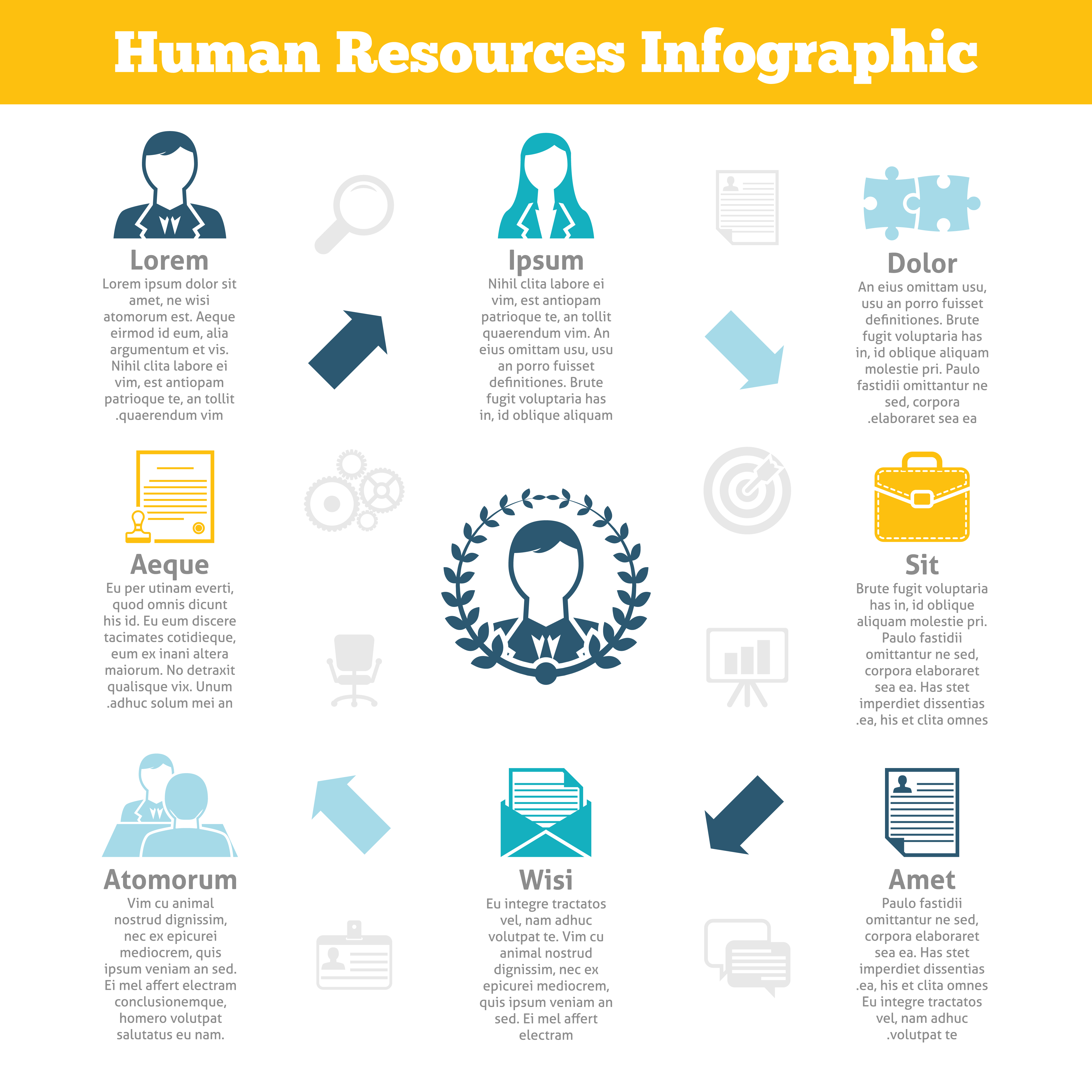
The layout composition will automatically adapt to the new format without you having to redesign anything. You can open a template and modify its size or proportion at any time with the "Change Size" button. You can modify or adapt all its parts without any knowledge of graphic design:Īnd much more! Enter the online editor and give it a try-you'll be surprised by how easy it is to use.ĭesign digital infographics to print or share online The templates in our online editor are all customizable. We recommend starting with the most basic, and if the time comes, you can make a compendium of several images to form a larger one with a lot of information.Įdit and customize the infographics in one click


We understand the magnitude of things through comparisons we make with what we already know, so comparison is a very common communicative tactic that can help by providing references of size and scale.

Comparison: Comparing one element versus another is a widely used way of communicating or learning, both consciously and subconsciously.This line can represent the passage of time, with various milestones marked, or it can be more conceptual, without indicating dates, but always in chronological order (factors or events that have a linear correlation). Chronology or Timeline: Similar to the list, but with a solid line to give the viewer a visual path to follow.Lists are the simplest, but at the same time they're attractive, since they're visually appealing and easy to read. The objective is to synthesize the main ideas, concepts, or steps to follow for a specific aspect in a few points. List: It can be in vertical or horizontal order, numbered or unnumbered.These are the most common types of infographics, from the most basic to the most elaborate:


 0 kommentar(er)
0 kommentar(er)
